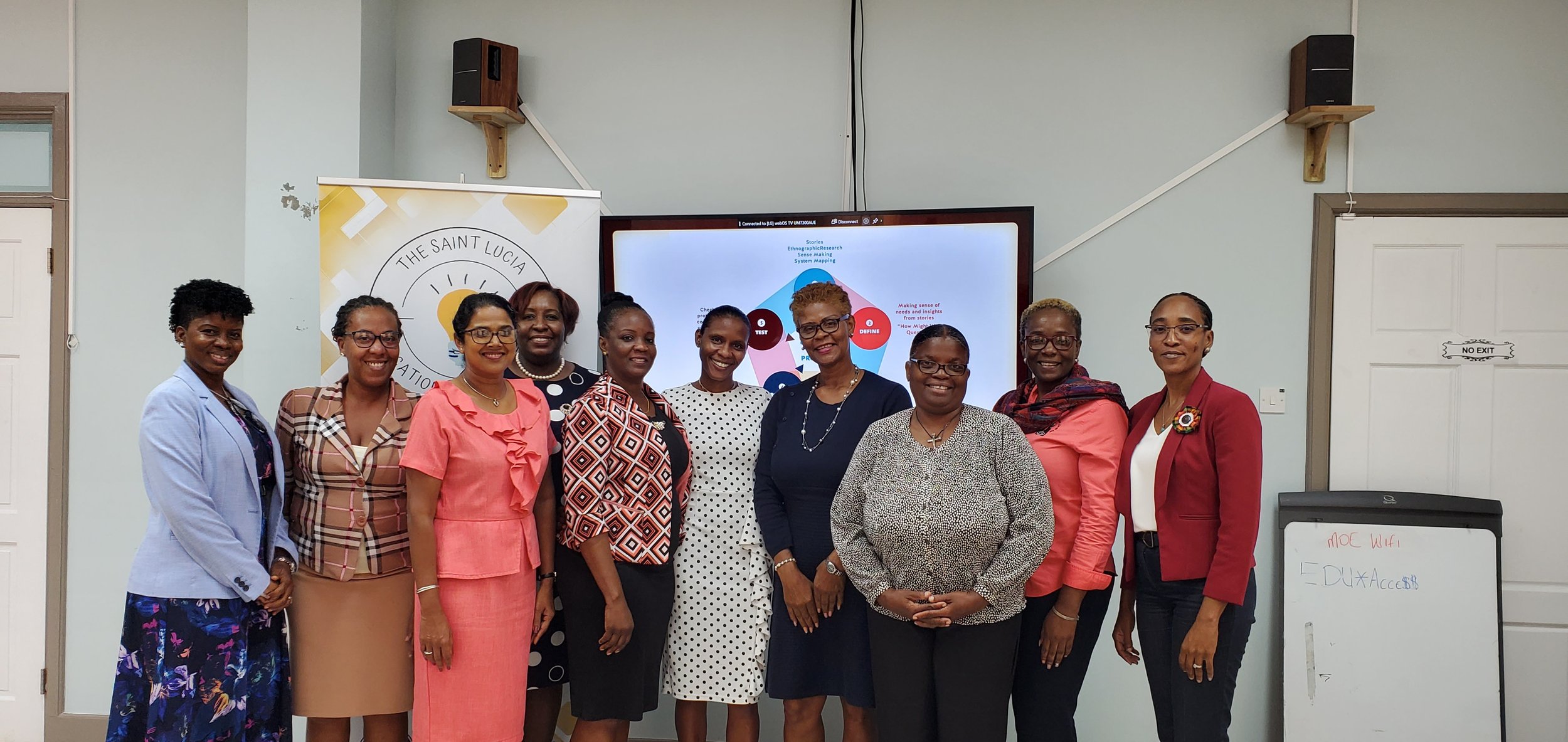
Archived (Project: March 2021-October 2023)
Saint Lucia Education Innovation Lab (SLEIL)
Focus on Learning
Throughout the innovation process you will gain valuable insights. This process is really about learning about the problem and not just finding a solution. For instance, by the end of the process, you may find that the issue requires additional exploration, or that the prototype did not meet the needs of the affected group. At this point, you will engage in another cycle of innovation to work through any assumptions that may have impacted the first prototype. Alternatively, you may choose to explore a different avenue to solving the problem.
Support for Innovators
The Saint Lucia Innovation lab provides support through an Innovation Coach and an Innovation Checklist, that helps you to work your way through the process. The idea remains yours; through the lab, your idea, progress and the resulting insights and solutions are shared with the Ministry of Education, including Education Officers, School Supervision, and other Units that may be interested in your work. The role of the Ministry of Education is to take those solutions that you have designed and expand them to other suitable populations in the education system.
-
Description text goes here
-
Description text goes here
-
Description text goes here
The Innovation Lab initiative was designed to support innovation in the education system by putting teachers in control of developing the solutions to issues in education. We appreciate that teachers have the most experience with the teaching-learning process as they interact with students, other teachers, principals and even parents on a daily basis. We know that teachers have great ideas for improving the teaching learning experience.
The Saint Lucia Innovation Lab provided a space for teachers to do just that! The Lab provided training in social Innovation, that is, an approach that you can take to explore a need or an opportunity in your class or in your school. Teachers learned how to create a solution by considering and consulting the people affected, getting their input and creating a prototype (a sample) of the best solution. Trying out that prototype helped teachers collect information from the users of the prototype.
